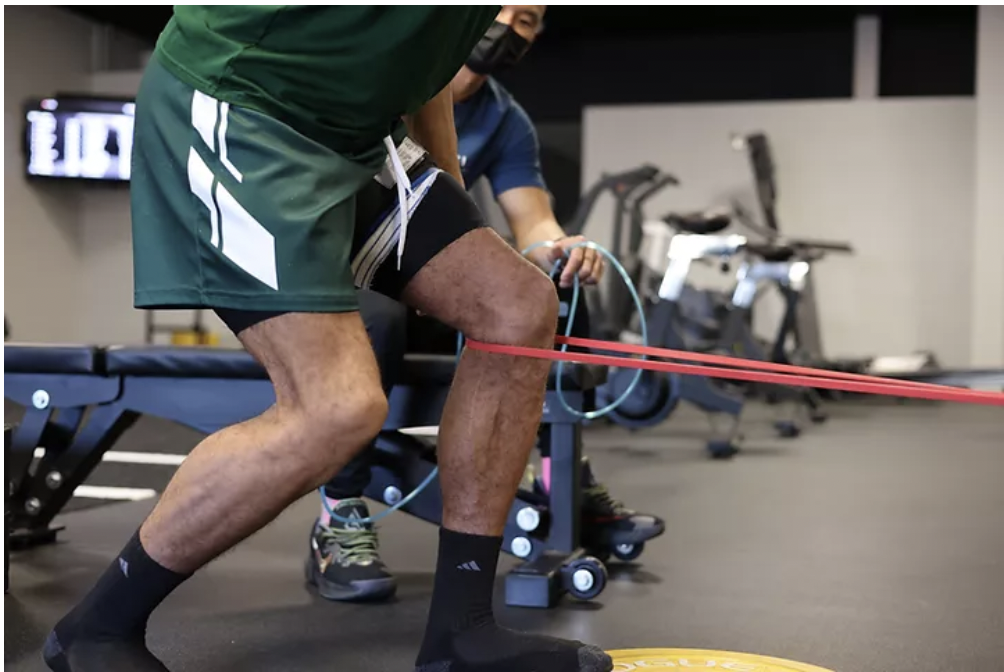When knee pain affects your daily life and conservative treatments no longer provide relief, knee replacement surgery becomes a viable option. Two primary approaches exist: partial and total replacement. Each procedure addresses different levels of joint damage and offers distinct benefits. Understanding these differences can help you prepare for meaningful discussions with your orthopedic surgeon about which approach is most suitable for your specific situation.
What is the difference?
The primary distinction between these procedures lies in the extent of the knee joint that requires replacement. Your knee has three compartments, and the extent of damage determines which surgical approach will provide the best outcome.
Partial Knee Replacement
Partial knee replacement involves replacing only the damaged portion of your knee joint. Surgeons typically perform this procedure when arthritis or injury affects just one compartment of the knee. The healthy cartilage, ligaments, and bone remain untouched during surgery.
This targeted approach requires a smaller incision and preserves more of your natural knee structure. Candidates for partial replacement usually have damage limited to either the inner or outer compartment of the knee. The procedure works well when the remaining joint surfaces and ligaments function normally.
Total Knee Replacement
Total knee replacement involves replacing all three compartments of the knee joint with artificial components. Surgeons remove damaged cartilage and bone from the entire joint surface. They then position metal and plastic implants to recreate the joint’s function.
This comprehensive approach addresses widespread arthritis or extensive joint damage. The procedure typically takes longer than partial replacement and requires a larger incision. Total replacement offers a comprehensive solution when multiple areas of the joint exhibit significant wear or damage.
How Do Recovery Times Differ?
Recovery timelines vary between the two procedures, with partial knee replacement typically offering faster healing. The smaller incision and preservation of tissue contribute to a reduced recovery time. Most patients return to normal activities within six to eight weeks after partial replacement.
Total knee replacement requires a more extended healing period due to the extensive nature of the surgery. Patients typically require three to six months for a full recovery. Physical therapy plays a key role in both procedures; however, total replacement typically requires more intensive rehabilitation.
The initial hospital stay also differs between procedures. Partial replacement patients often go home the same day or after one night in the hospital. Total replacement typically requires a hospital stay of one to three days, depending on the individual’s progress and circumstances.
What Are Long-Term Outcomes?
Both procedures can provide significant pain relief and improved function for many years. Partial replacement typically feels more natural because it preserves the existing ligaments and bone structure. Patients often report that their knee feels closer to their original joint.
Total replacement offers predictable, long-lasting results for patients with extensive joint damage. The artificial joint components are designed to last 15 to 20 years or longer, provided proper care is maintained. This procedure provides comprehensive pain relief when multiple areas of the knee are affected.
Revision rates differ between the procedures. Partial replacement may require conversion to total replacement if arthritis develops in other compartments over time. Total replacement revisions are less common but may be needed if implant wear or loosening occurs.
Consult an Orthopedic Surgeon
Your orthopedic surgeon will assess your condition through a physical examination and imaging studies, such as X-rays or MRIs, to determine the most suitable treatment. Factors such as age, activity level, and joint damage significantly influence the decision to opt for partial or total knee replacement. The goal is to match the procedure to your lifestyle and treatment needs. Scheduling a consultation allows you to discuss symptoms, review imaging results, and explore the best surgical option for improved mobility and reduced pain.

